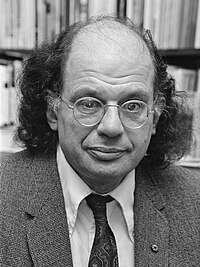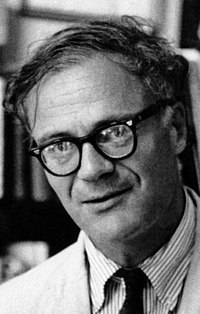No edit summary |
(Added Bukowski.) |
||
| Line 34: | Line 34: | ||
|- style="vertical-align: top;" | |- style="vertical-align: top;" | ||
| colspan="3" |{{bulleted list|“[[May 23, 2020|Primer For Blacks]]”|“[[May 30, 2020#Cool|We Real Cool]]”}} | | colspan="3" |{{bulleted list|“[[May 23, 2020|Primer For Blacks]]”|“[[May 30, 2020#Cool|We Real Cool]]”}} | ||
|- | |||
| colspan="3" | {{Line}} | |||
|- style="font-align: left;" | |||
| colspan="3" | {{Big|Charles Bukowski}} | |||
|- style="vertical-align: top;" | |||
| colspan="3" |{{bulleted list|“[[The Laughing Heart]]”}} | |||
|- | |- | ||
| colspan="3" | {{Line}} | | colspan="3" | {{Line}} | ||
Latest revision as of 10:34, 27 February 2024
Poetry after World War II is often referred to as the "post-war" or "contemporary" period.
General Characteristics
|
|---|
|
Some general characteristics of contemporary poetry include:
These characteristics are not exhaustive, and there is considerable variety and diversity within post-war poetry. However, they provide a sense of some of the key features of the period. |
| Maya Angelou | ||
| Margaret Atwood | ||
| ||
| Gwendolyn Brooks | ||
| Charles Bukowski | ||
| Constantine Cavafy | ||
| Lucille Clifton | ||
| Allen Ginsburg | ||
| Audre Lord | ||
| Philip Larkin | ||
| Robert Lowell | ||
| Edna St. Vincent Millay | ||
|
||
| Adrienne Rich | ||
| Carl Sandberg | ||
| ||
| Patricia Smith | ||
| Mark Strand | ||
| Derek Walcott | ||
|
||





